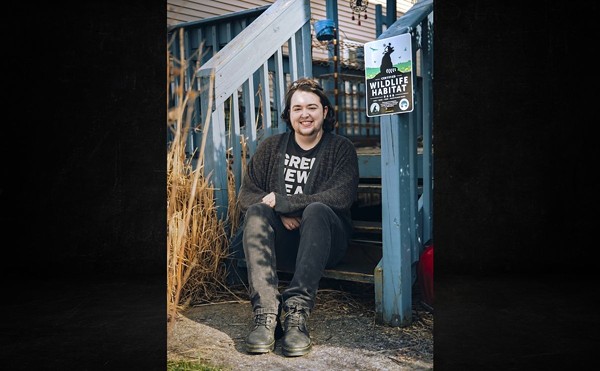Historic-house museums are great for a city — places not just to learn about the past but also to see it meticulously preserved and brought to life. Cincinnati has some good ones: the Taft Museum of Art (which serves as both a house and art museum), William Howard Taft National Historic Site, Harriet Beecher Stowe House, John Hauck House and several others.
And I wish there were more. Boss Cox's Clifton mansion would be a good one, as would one of the area's Frank Lloyd Wright-built homes.
Traditionally, a historic-house museum is connected to the importance of the person who lived in it or built it. That often is connected to the person's wealth and power or to his or her individual cultural and social significance.
There's another kind of house museum gaining a foothold around the world, however, one devoted to the lives of a city's more anonymous — impoverished, even — past residents. Often they're the immigrants who helped build and populate a city.
It's part of a trend that looks at a city's history from the bottom up as well as the top down and to recognize how groups collectively have significance. The "silent majority," so to speak.
It's a tenement museum. Glasgow, Scotland, and New York's Lower East Side have them, and there has been mention of a new one in Chicago. In New York, apartments in an older urban building have been preserved the way families of modest means once lived in them. Through artifacts, as well as restoration of units to their original condition, one can see the incredible tenacity and determination of people who came to New York — and to America — in the last century with very little. The museum is popular: 130,000 visited in 2007, impressive since the guided tours have limited space.
Over-the-Rhine, which means so much to Cincinnati yet has had so much trouble surviving the ravages of age, would be a great site for a museum like this. There are many people struggling now to preserve its 19th-century Italianate row houses as well as the memory of the German immigrants who once densely populated the neighborhood and defined the city's growth.
At the same time, urban activists are looking for ways to reduce the cultural and economic isolation of the remaining lower-income residents, few still of German heritage. Over-the-Rhine is also a National Historic District, which shows its significance, and the locale for a prospective new streetcar line.
Actually, "tenement museum" might be the wrong word for such a project. "Immigrant museum" perhaps would be better.
An Over-the-Rhine museum might also be able, with an entire building, to not only show how 19th-century German immigrants lived but also include the story of 20th-century "domestic immigrants" from Appalachia and the South.
The Lower East Side Tenement Museum also belongs to the International Coalition of Historic Site Museums of Conscience, which — to quote from its Web site — "interpret history through historic sites, engage in programs that stimulate dialogue on pressing social issues, promote humanitarian and democratic values as a primary function and share opportunities for public involvement in issues raised at the site."
As the museum's David Eng, vice president of public affairs, says, "We try to make relevant how immigration of then is to immigration today. That inspires discussion, and hopefully tolerance."
We can always use more of that.
Contact Steven Rosen: [email protected]





